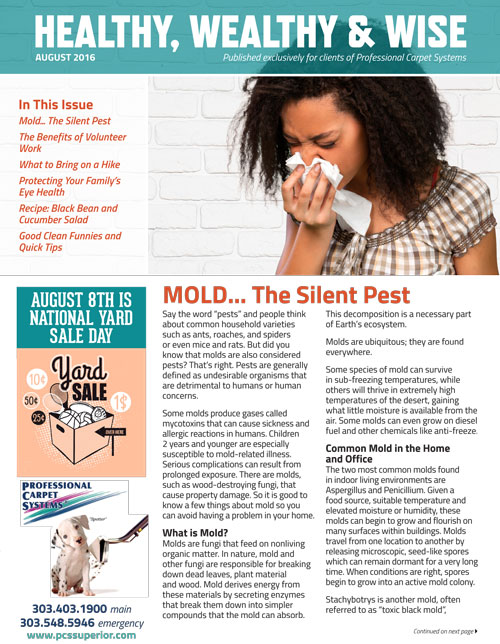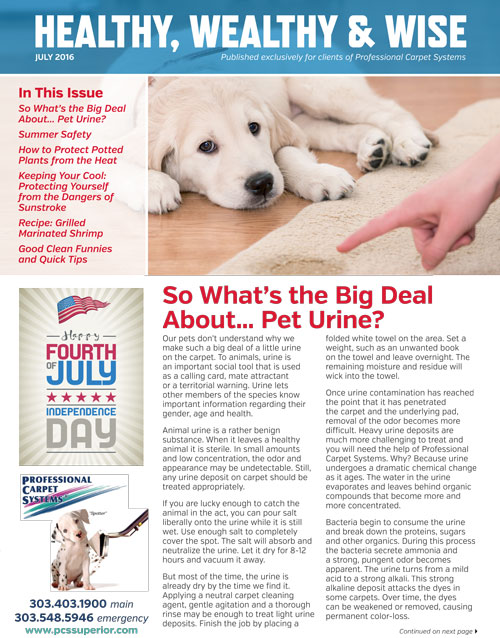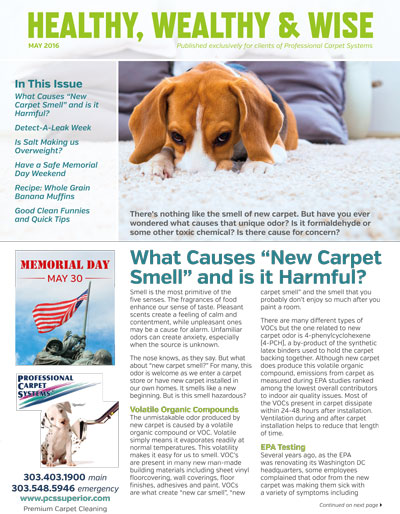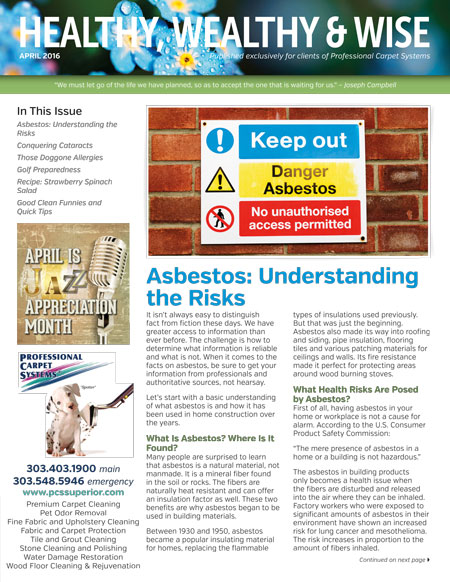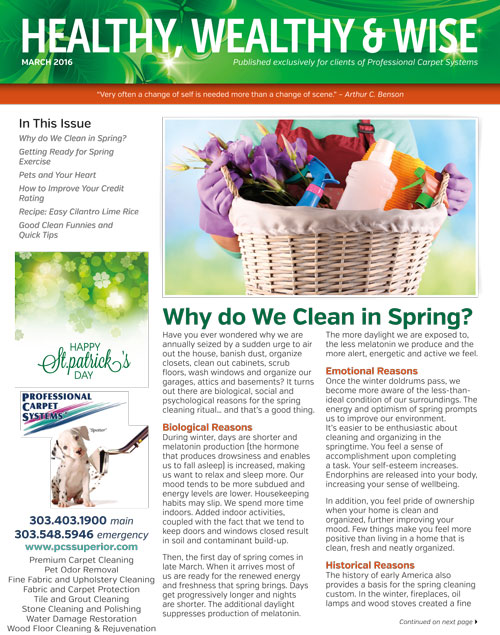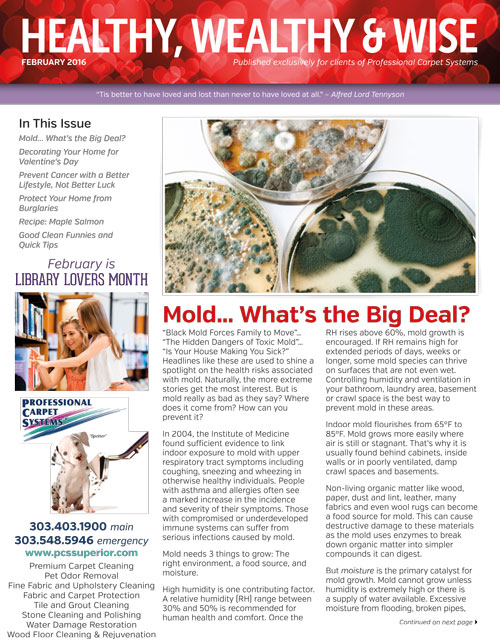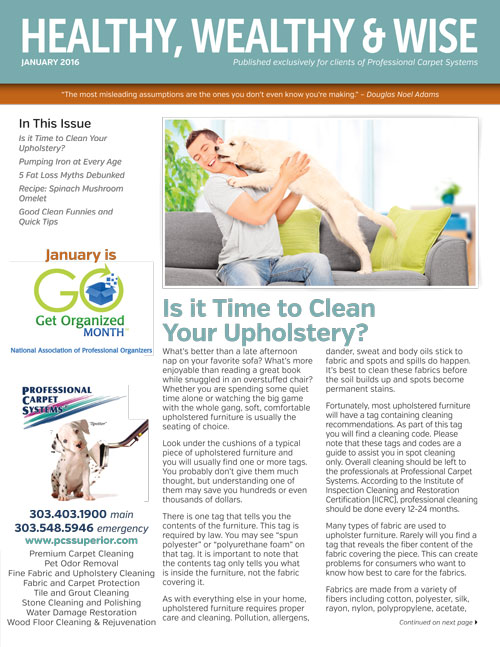Introduction
While furniture can be really expensive, the major headache is getting them professionally cleaned. Your sofa may seem to be getting a little worn out or shabby, but buying new furniture should be at the bottom of your priority list. Sometimes all it needs is just some proper maintenance. Like, seriously.
Professional services can cost you a lot. We’re talking about $150 for cleaning a regular 8-foot-long sofa. For the degree of proficiency that you’ll be acquiring, that may be worthy of the extra cash.
Nevertheless, you may consider freshening up your furniture and save money by trying out these Do-It-Yourself (DIY) upholstery cleaning tips. I’ll be your guide for this wonderful cleaning journey!
DIY Tips for Cleaning Upholstery
Learning how to cleaning your upholstery (by yourself) can help to keep your home fresh without dipping into your pockets whenever upholstery cleaning is required.
Follow these easy furniture upholstery cleaning tips to get started:
- Firstly, you need to test to see if the colors of the material on the upholstery can be washed out or become faded out before actually cleaning. Use any suitable cleaning chemical as the testing agent on a small area that cannot be easily discovered.
- If you decide to steer clear of store-bought cleaners, there’s a simple way of making your own water-based, eco-friendly and non-corrosive upholstery cleaner. Here’s how:
- Combine ¼ cup of dishwashing soap and 1 cup of warm water in a mixing container.
- Use an electric mixer to beat until the liquid becomes really foamy.
- Take off the furniture cushions.
- Use a vacuum attachment to thoroughly vacuum the surfaces. Vacuuming helps to eliminate any dirt that may be present. Just imagine that the water comes into contact with the dirt. That would be a very displeasing situation.
- Use a soft brush to push the soap mixture onto the material.
- Using a spatula, remove the foam.
- If there are leftover suds, use a damp piece of cloth to wipe those away.
- Don’t use too much water as this may cause shrinkage. This is where fibers become changed upon washing and/or drying.
- Leave it there to dry. Depending on the fabric, this may take up to an hour to be dried properly.
Verdict
Whether you decide to clean your upholstery by yourself or turn to professional cleaning services, cleaning your upholstery is very important. Professional cleaning may, at times, be expensive but performing your own cleaning routine can save you a lot of money.

